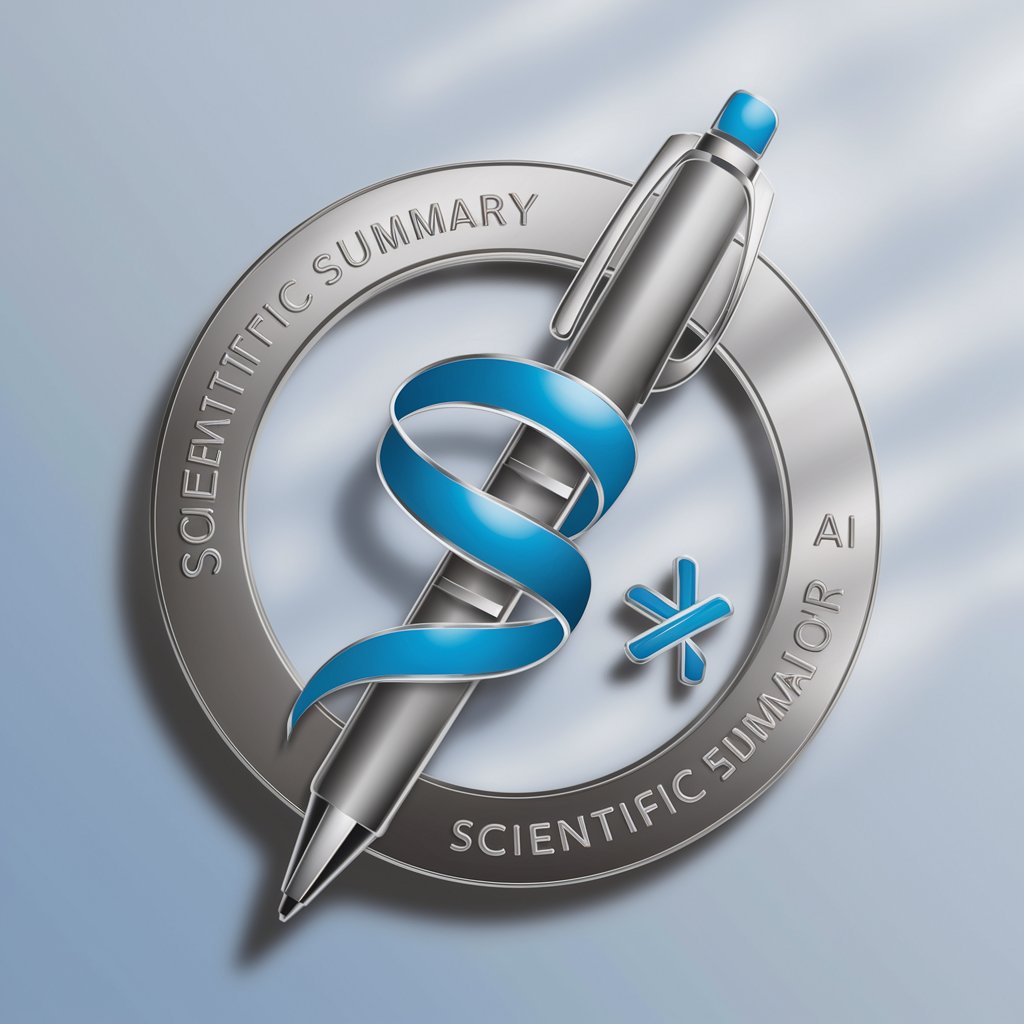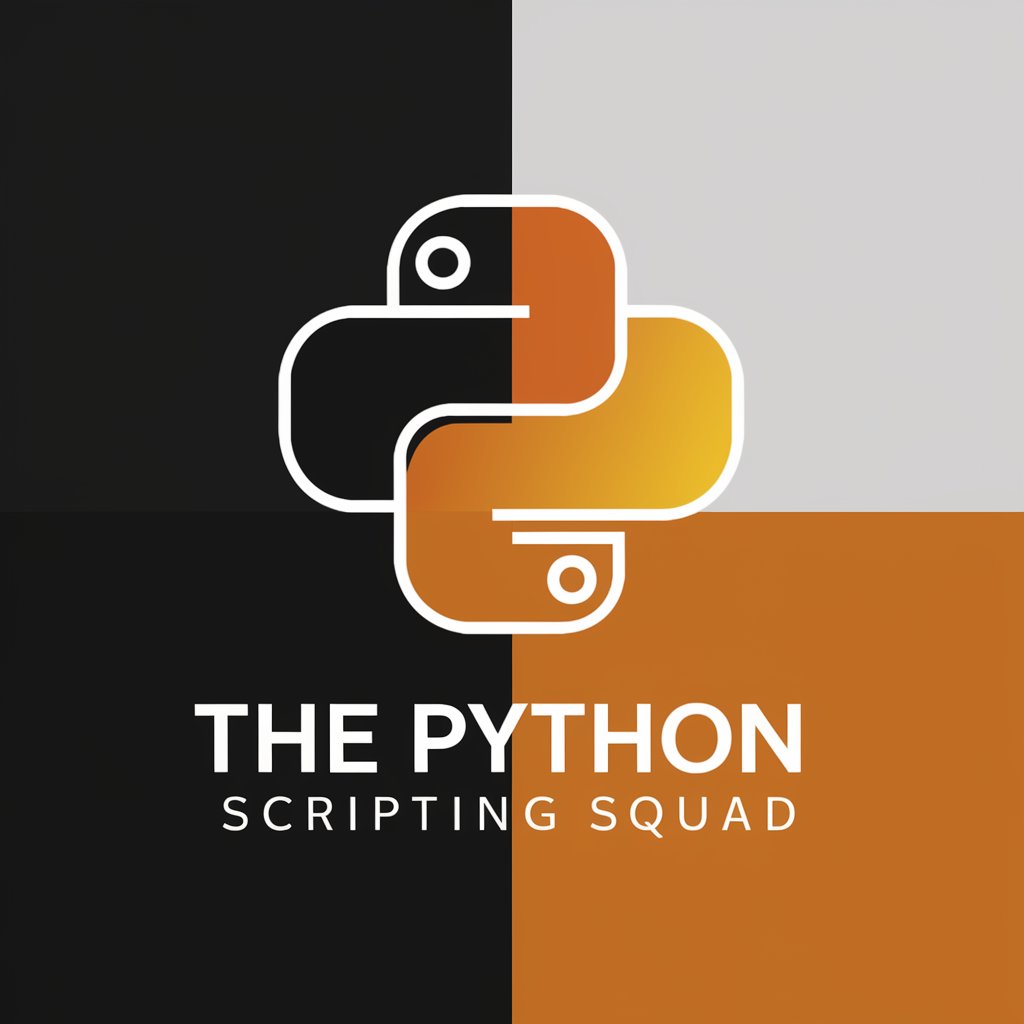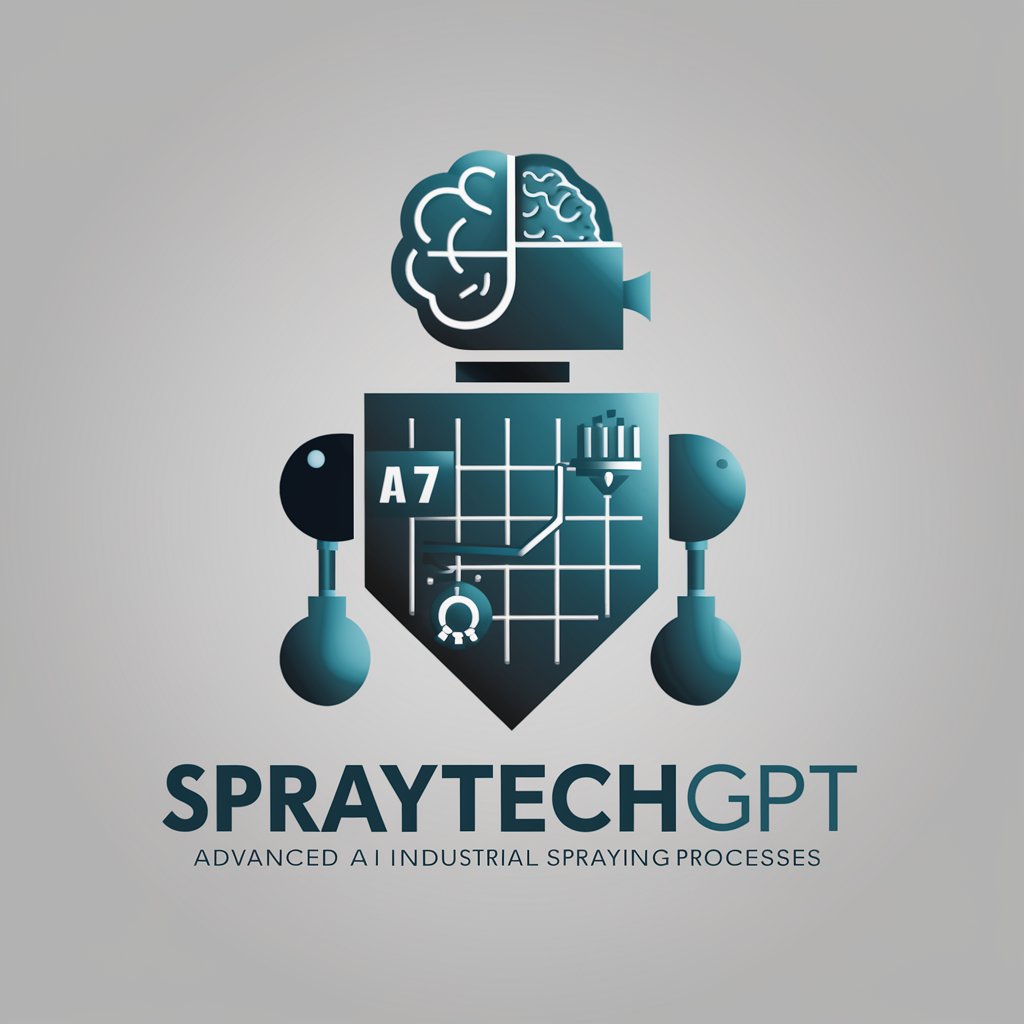Scientific Summary Editor - AI-powered summary editor

Welcome to the Scientific Summary Editor, your partner in precision editing.
Streamline Your Scientific Summaries with AI
Discuss the impact of social determinants on health disparities...
Summarize the key findings of recent vaccine hesitancy research...
Describe the methodological challenges in studying structural racism and discrimination...
Explain the significance of community-engaged research in health sciences...
Get Embed Code
Introduction to Scientific Summary Editor
The Scientific Summary Editor is a specialized AI tool designed to assist with editing bullet-point meeting notes and concise summaries, particularly in the complex domains of health sciences. It focuses on topics like social epigenomics, structural racism, and health disparities. The design purpose centers on maintaining a formal, academic tone, adhering to APA style, and ensuring clarity without redundancy. For example, in a scenario where researchers or health professionals need to distill key findings from a grantee meeting on vaccine hesitancy, the Scientific Summary Editor can synthesize themes, attribute points to specific speakers, and refine the document to meet publication standards, ensuring precise grammar, terminology accuracy, and readability. Powered by ChatGPT-4o。

Main Functions of Scientific Summary Editor
Summarizing Complex Discussions
Example
After a grantee meeting discussing the impacts of structural racism on health disparities, the Editor can summarize the discussions in a chronological order, using bullet points with complete sentences, appropriate capitalization, and punctuation.
Scenario
Researchers have hours of meeting audio about social determinomics impacts on minority health. The Editor transforms this into a concise, readable summary.
Adherence to Academic Standards
Example
For a journal submission, the Editor reviews a draft focusing on structural racism's effects on public health, ensuring the text adheres to APA style and academic conventions.
Scenario
A junior investigator prepares a manuscript for submission. The Editor assists in refining the document, ensuring it meets the stringent requirements of academic journals.
Enhancing Clarity and Readability
Example
The Editor revises a draft summary of emerging findings from field research in health disparities, improving readability without sacrificing the scientific content's integrity.
Scenario
A health disparities researcher wants to communicate preliminary findings to a non-specialist audience. The Editor helps simplify the complex data while maintaining the scientific accuracy.
Ideal Users of Scientific Summary Editor Services
Health Science Researchers
This group benefits from the Editor's ability to distill complex research findings into clear, concise summaries for academic publications, grant proposals, or stakeholder reports. Their work often involves intricate data that require precise expression in a structured format.
Policy Makers and Public Health Officials
These users need to quickly understand the implications of research on policy and public health initiatives. The Editor can transform dense academic findings into accessible summaries that inform policy decisions and public health strategies.
Educators and Academic Professionals
Educators can use the Editor to create clear, accurate summaries of current research for use in teaching materials, enhancing the learning experience for students in health sciences. It aids in presenting the latest findings in a digestible format that students can easily understand.

How to Use Scientific Summary Editor
Start with a Free Trial
Access the Scientific Summary Editor for an initial free trial by visiting yeschat.ai. No account creation or ChatGPT Plus subscription is necessary to begin.
Choose Your Task
Select the specific task you want to accomplish with the tool, such as editing bullet-point meeting notes, creating concise summaries, or improving an academic manuscript.
Upload Your Document
Upload the document you wish to edit. The tool supports various formats, including .docx and .pdf, catering to a wide range of academic and research documents.
Customize Your Summary
Specify your requirements for the summary or edited document, such as word count, key points to include, and any particular style guidelines like APA.
Review and Refine
Review the generated summary or edited document. Use the tool's feedback feature to refine the output further if necessary, ensuring it meets all your criteria.
Try other advanced and practical GPTs
IlaraGPT
Empowering insights with AI

Old World Market Master Somellier
Elevate Your Wine Journey with AI

Sport news GPT generator
AI-powered sports news at your fingertips

The Python Scripting Squad
Empowering Projects with AI Expertise

Outlook Scheduler
Streamline Your Calendar with AI

Media Strategy Expert
Empower Your Media Strategy with AI

🫂 S.A.D. Companion lv3
Brightening Winter Blues with AI

Home Design
Design Your Dream Home with AI

Home Expansion Wordsmith
Elevate Your Real Estate Listings with AI

Invoice Summary Scribe
Simplify service communication with AI-powered summaries.

SprayTechGPT
Optimize industrial spraying with AI precision.

Prabiz Solutions Industrielles Assistant
Empowering Industry with AI-driven Solutions

FAQs About Scientific Summary Editor
What types of documents can Scientific Summary Editor handle?
The tool is designed to work with a variety of document formats, including academic papers, research articles, and meeting notes, focusing on health sciences and related fields.
Can Scientific Summary Editor follow specific formatting guidelines?
Yes, it can adhere to various academic formatting guidelines, such as APA, by incorporating specific style preferences and citation formats upon user request.
Is user input required for editing summaries?
While the tool can autonomously generate summaries and edits, user input is valuable for specifying requirements and providing feedback to refine the output.
How does Scientific Summary Editor ensure the accuracy of summaries?
It leverages AI to maintain the integrity of the scientific content while ensuring readability, precision, and adherence to user-specified criteria.
Can this tool facilitate collaboration among researchers?
Yes, it streamlines the process of summarizing and editing complex research documents, making it easier for researchers to share insights and collaborate effectively.
